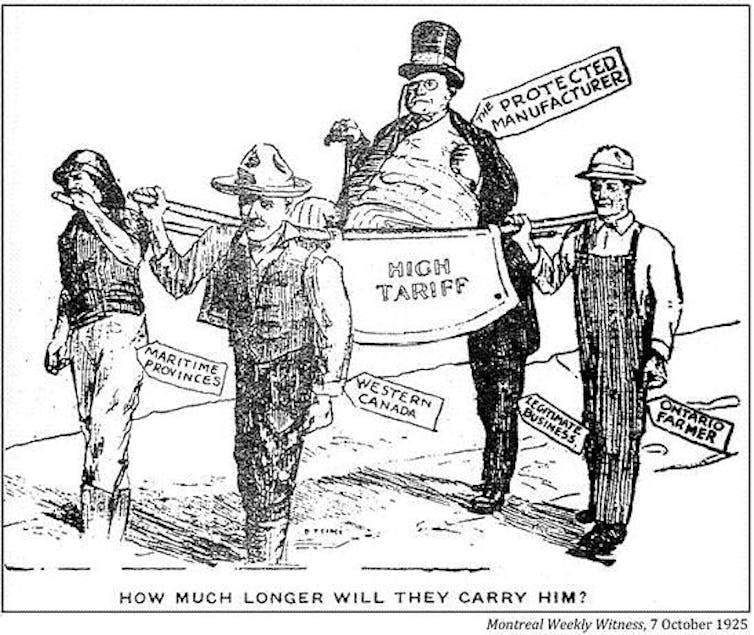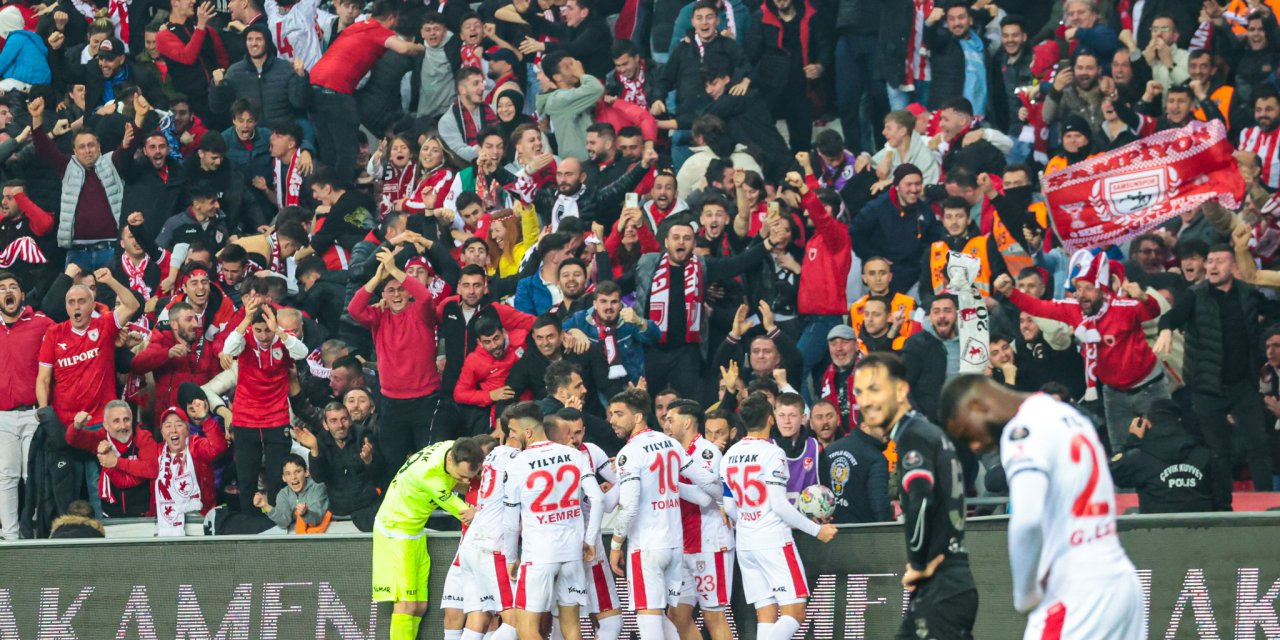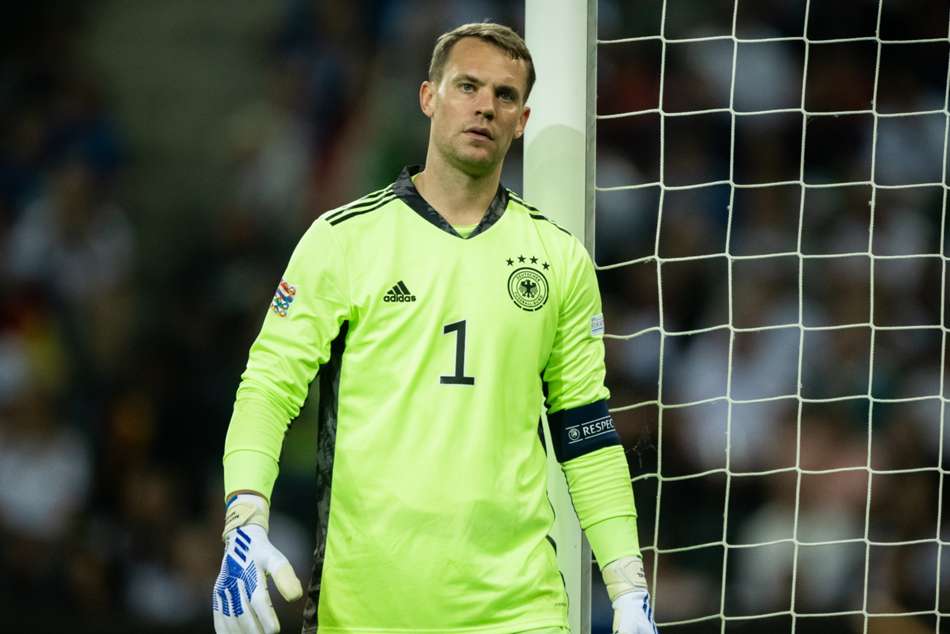How Trade Wars Affected Porsche's Positioning Between Ferrari And Mercedes

Table of Contents
The luxury car market is a fiercely competitive arena, a high-stakes game played by titans like Porsche, Ferrari, and Mercedes-Benz. Each brand meticulously crafts its image, battling for market share and brand loyalty among discerning consumers. However, the landscape isn't solely defined by horsepower and prestige; global events, like trade wars, can dramatically reshape the competitive landscape. This article will analyze how trade wars influenced Porsche's positioning relative to its key competitors, Ferrari and Mercedes-Benz, examining the impact on its production, pricing, and market share. We'll delve into the complexities of tariffs, import/export regulations, and their effect on this iconic German automaker.
<h2>The Pre-Trade War Landscape: Porsche's Strategic Positioning</h2>
Before the escalation of trade wars, Porsche occupied a unique space in the luxury car market. While Ferrari focused on pure performance and exclusivity, and Mercedes-Benz emphasized luxury and technological innovation, Porsche strategically positioned itself as a blend of both. This balanced approach allowed it to attract a broader customer base. However, its strengths and weaknesses compared to its rivals were distinct:
- Performance and handling vs. luxury and technology: Porsche excelled in performance and handling, a legacy built on its motorsport heritage. However, Mercedes-Benz often outmatched it in terms of sheer luxury and technological features.
- Pricing strategy and target market: Porsche’s pricing strategy targeted a slightly broader audience than Ferrari's ultra-high-end approach, but it was still firmly in the premium segment, competing directly with Mercedes-Benz's top-tier models.
- Brand image and customer perception: Porsche cultivated a brand image of sophisticated performance and driving experience, appealing to enthusiasts and luxury buyers alike. Its brand image was strong but lacked the untouchable exclusivity of Ferrari.
- Global sales distribution and market share: Porsche enjoyed significant global sales but held a smaller market share compared to the broader reach of Mercedes-Benz, particularly in some key markets.
<h2>Impact of Tariffs and Trade Restrictions on Porsche's Operations</h2>
The imposition of tariffs and other trade restrictions during various trade wars significantly impacted Porsche's operations. Increased import duties on parts and finished vehicles directly affected production costs, forcing Porsche to consider several challenging adjustments.
- Increased costs of imported components: Many Porsche components are sourced globally. Tariffs on these imported parts increased production expenses, squeezing profit margins.
- Potential delays in production and delivery: Trade disputes caused delays in the delivery of parts, potentially disrupting production schedules and leading to delivery delays for customers.
- Impact on profitability and margins: The cumulative effect of increased costs and potential production delays significantly impacted Porsche's profitability and margins.
- Strategic responses to mitigate the effects (e.g., sourcing alternatives): To mitigate the effects, Porsche had to explore alternative sourcing strategies, seeking suppliers within regions less affected by trade disputes. This involved significant investments in reshoring or nearshoring efforts.
<h2>Shifting Market Dynamics and Consumer Behavior</h2>
Trade wars didn't just affect Porsche's production; they also altered consumer behavior in the luxury car market. Economic uncertainty and fluctuating prices influenced purchasing decisions.
- Changes in demand for luxury vehicles: Economic uncertainty resulting from trade wars often dampened demand for luxury goods, including high-end vehicles.
- Fluctuations in currency exchange rates and their effect on pricing: Currency fluctuations, a common side effect of trade disputes, influenced the pricing of Porsche vehicles in various markets, creating pricing volatility.
- Consumer preference shifts toward domestic or other less-affected brands: Some consumers shifted their preferences towards brands less affected by the trade war, either domestically produced or from regions outside the conflict.
<h2>Porsche's Strategic Response and Adaptation</h2>
Facing these challenges, Porsche responded with a series of strategic adaptations:
- Investments in local production or sourcing: To reduce reliance on imported parts and mitigate tariff impacts, Porsche invested in local production and sourcing in key markets.
- Adjustments to pricing strategies to maintain competitiveness: Porsche carefully adjusted its pricing strategies in different markets to remain competitive while managing increased production costs.
- Marketing campaigns emphasizing resilience and brand value: Porsche launched marketing campaigns that highlighted the brand's resilience and enduring value, addressing consumer concerns about economic uncertainty.
- Diversification of markets and supply chains: Porsche actively diversified its markets and supply chains to reduce its dependence on regions affected by trade disputes.
<h2>Long-Term Effects on Porsche's Position Relative to Ferrari and Mercedes-Benz</h2>
The long-term consequences of the trade wars on Porsche's competitive position are complex and still unfolding. The impact varied across different markets and product lines.
- Long-term changes in global market share: While precise figures require detailed market research, it’s likely that Porsche experienced some fluctuations in its global market share due to the combined effects of trade wars and other market dynamics.
- Impact on brand loyalty and customer perception: Porsche's effective response to the challenges likely reinforced its brand image of resilience and quality, potentially strengthening brand loyalty.
- Overall financial performance in the post-trade war era: Porsche's ability to adapt and mitigate the negative impacts of trade wars contributed to its continued financial success, but the exact impact on profitability still requires further analysis.
<h2>Conclusion: Analyzing the Impact of Trade Wars on Porsche's Positioning</h2>
In conclusion, trade wars presented significant challenges to Porsche, impacting its production costs, pricing strategies, and overall competitive positioning against Ferrari and Mercedes-Benz. The effects were multifaceted, influencing supply chains, consumer behavior, and profitability. Porsche's strategic response, characterized by investment in local production, pricing adjustments, and diversified markets, proved crucial in mitigating the negative impacts. Understanding the impact of global trade policies on the automotive industry remains vital for businesses operating in this interconnected global market. We encourage further research into the effects of trade war impact analysis on other luxury brands and invite you to share your thoughts on how Porsche's competitive strategy could serve as a case study for other businesses facing similar global challenges. Analyzing luxury automotive market trends in the wake of trade wars offers valuable insights for future business planning.

Featured Posts
-
 Leclercs Future At Ferrari The Impact Of Hamiltons Potential Arrival
May 20, 2025
Leclercs Future At Ferrari The Impact Of Hamiltons Potential Arrival
May 20, 2025 -
 Dusan Tadic In Sueper Lig Yolculugu 100 Macin Hikayesi
May 20, 2025
Dusan Tadic In Sueper Lig Yolculugu 100 Macin Hikayesi
May 20, 2025 -
 Suki Waterhouse And Surface A Disco Themed North American Tour
May 20, 2025
Suki Waterhouse And Surface A Disco Themed North American Tour
May 20, 2025 -
 Winter Weather Advisory School Delays And Closures
May 20, 2025
Winter Weather Advisory School Delays And Closures
May 20, 2025 -
 Goretzka In Nations League Squad Nagelsmanns Selection
May 20, 2025
Goretzka In Nations League Squad Nagelsmanns Selection
May 20, 2025
